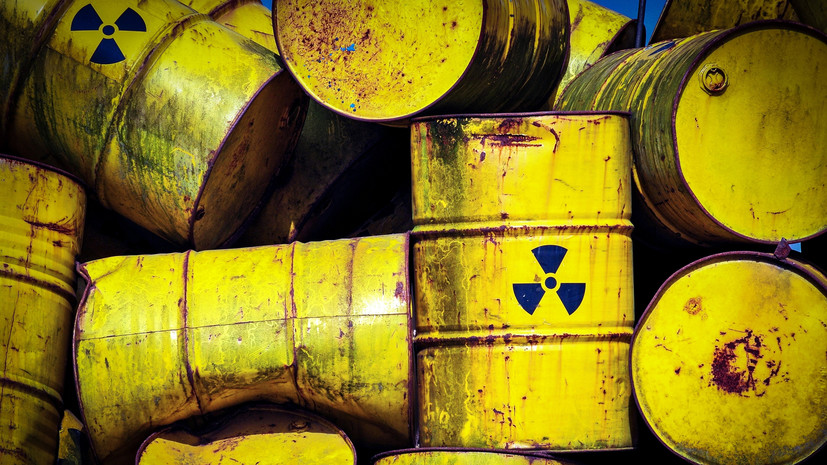Scientists from the Russian Institute of Geochemistry and Analytical Chemistry.
IN AND.
Vernadsky RAS (GEOKHI RAS) proposed a new method for the safe disposal of nuclear waste.
The use of the new technology will reduce costs in the process of waste processing, as well as reduce radioecological risks.
This was reported to RT in the press service of the Russian Ministry of Education and Science.
The results of the study, which was funded by the Russian Science Foundation, were published in the journal Energies.
The most dangerous liquid radioactive waste is disposed of by solidification - they are added to molten glass, from which solid glass-like blocks are then formed - compounds.
The process of "vitrification" is carried out at high temperatures - not less than 900 °C.
This creates a serious problem: some radionuclides are volatile elements, and this property of the elements increases with increasing temperature.
Such radionuclides include, for example, cesium-137 and technetium-99 - when heated, they begin to volatilize.
In addition, heating leads to the volatilization of other hazardous compounds: for example, chlorine compounds can be released from certain types of waste when heated strongly.
To prevent radioactive and toxic substances from entering the atmosphere and polluting the environment, enterprises are forced to use additional expensive gas cleaning systems.
Leningrad NPP
Gettyimages.ru
© Sezgin Pancar/Anadolu Agency
The authors of the work found a solution to this problem: it turned out that the temperature for obtaining cured blocks based on iron and phosphorus can be reduced by several hundred degrees.
Such a glass-composite composition is obtained after sintering at temperatures much lower than glass usually used for the disposal of NPP waste - in this case, heating up to 650-750 ° C is sufficient.
The use of such a material will not give radioactive and toxic elements the opportunity to volatilize during the curing process, scientists say.
In addition, the technology will significantly reduce the requirements for the design of high-temperature equipment and increase its service life.
“We have established that the iron phosphate glass composite material meets the requirements that apply to vitrified waste.
At the same time, it is distinguished by a significantly lower synthesis temperature, ”Sergey Vinokurov, Deputy Director for Research at the Geochemical Institute of the Russian Academy of Sciences, Doctor of Chemical Sciences, explained to RT.
In the near future, the authors of the work plan to test the invention in real conditions, at the enterprises of the nuclear industry.

